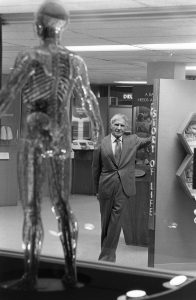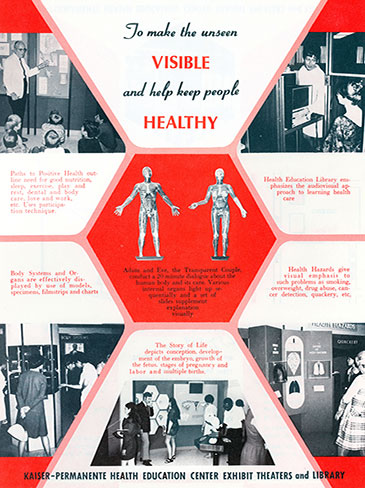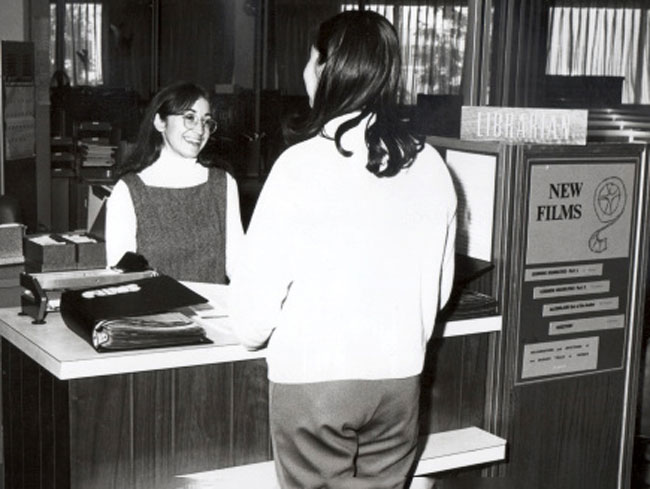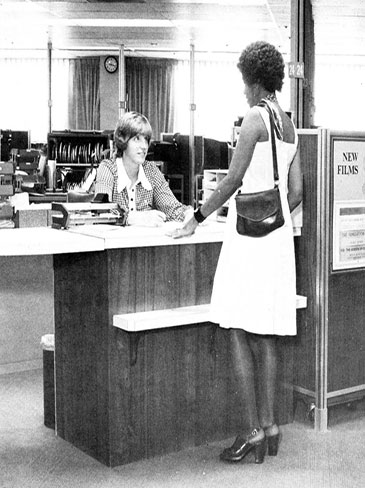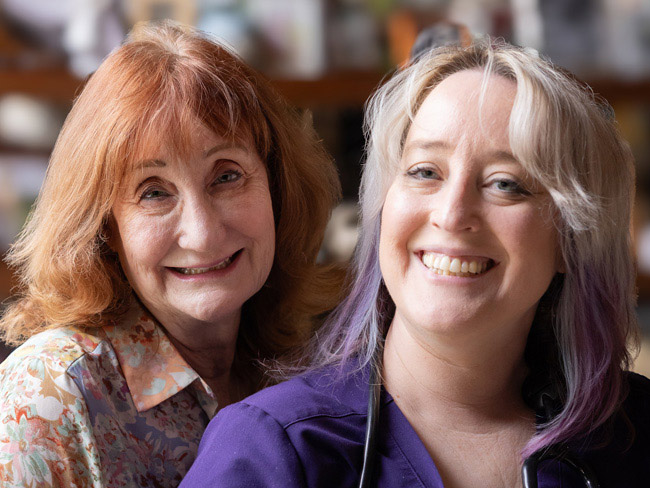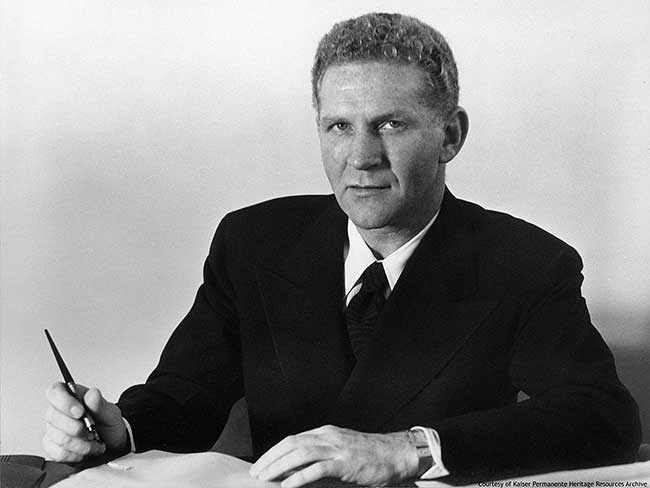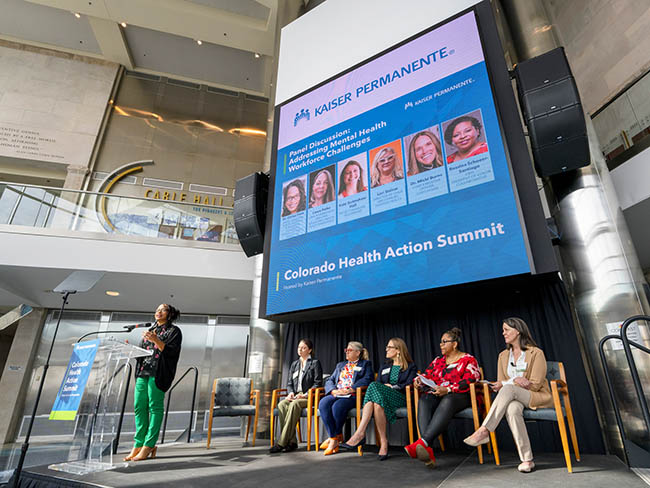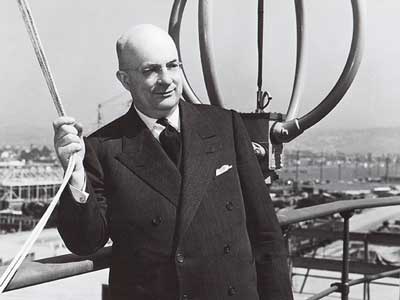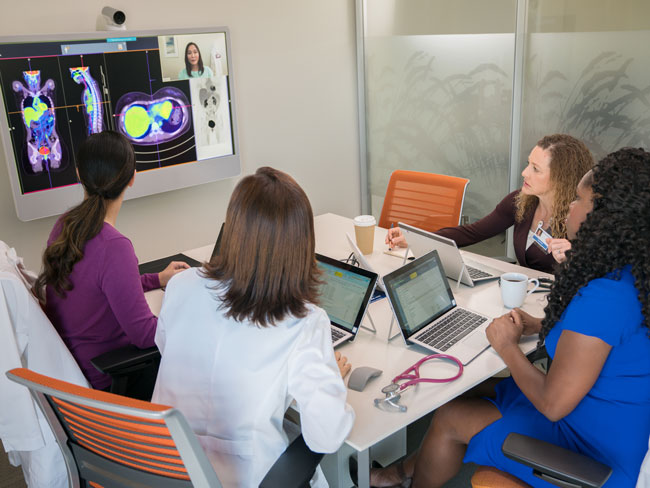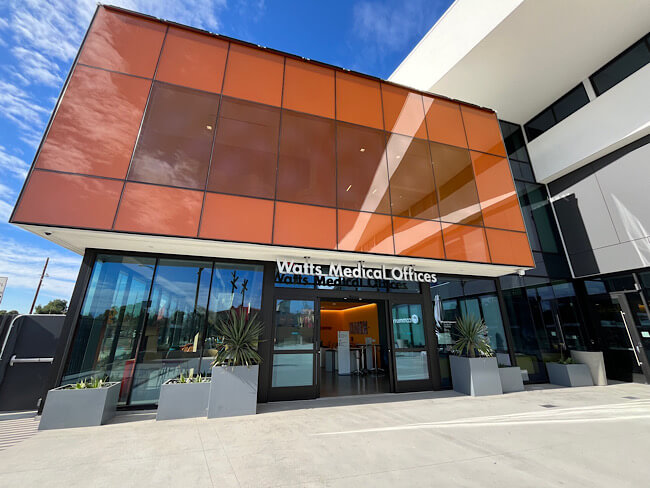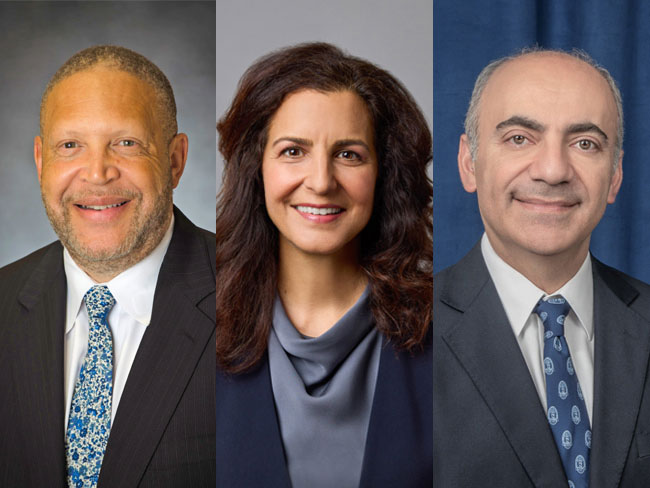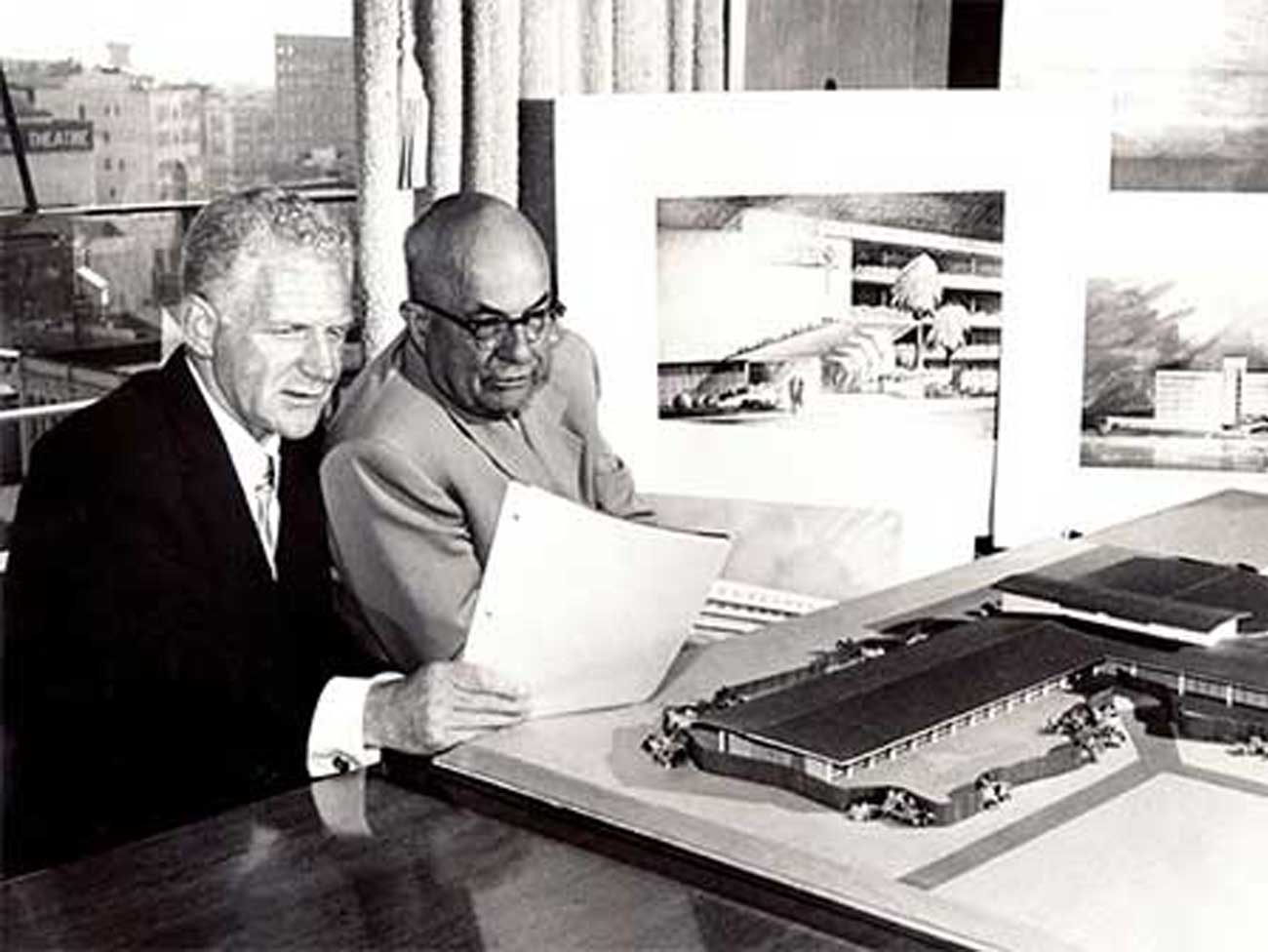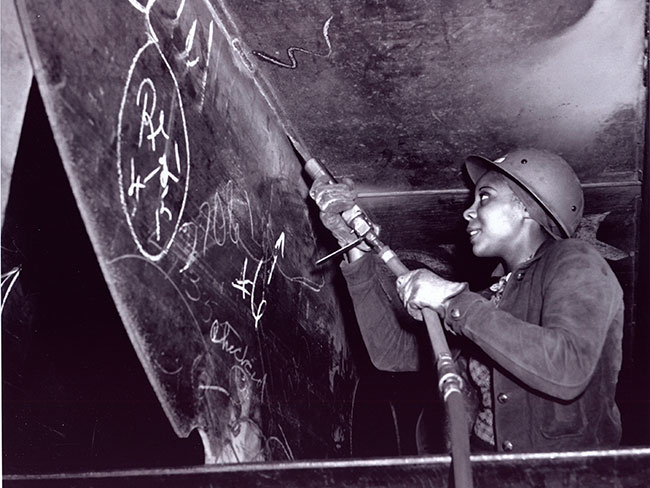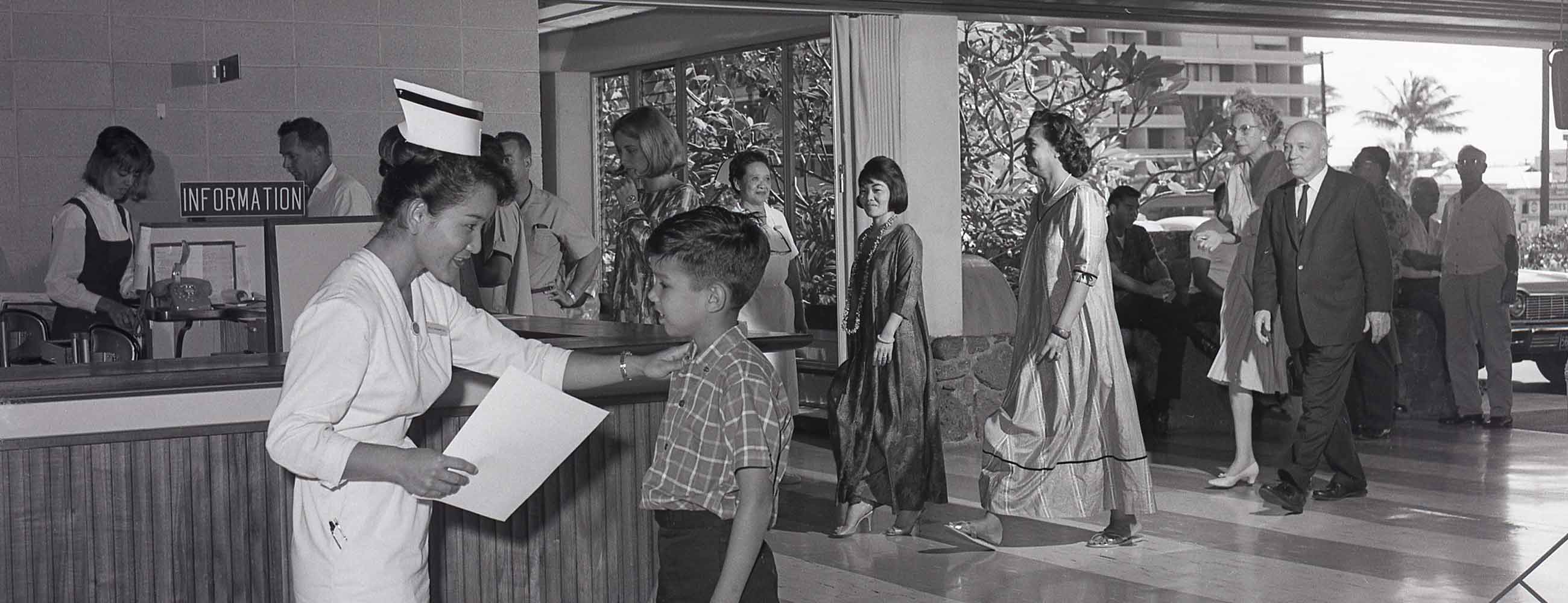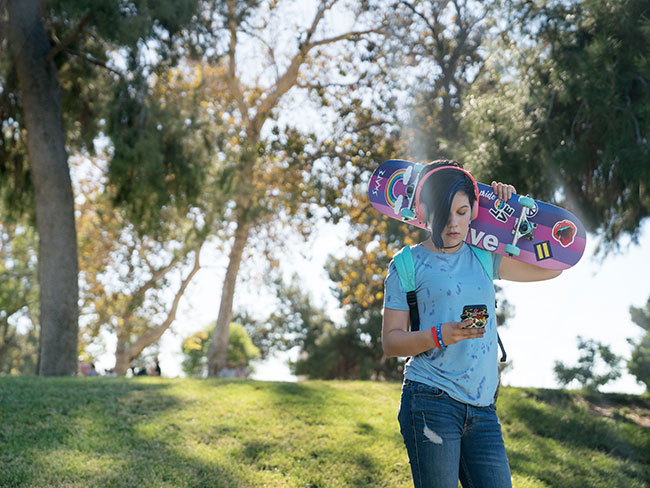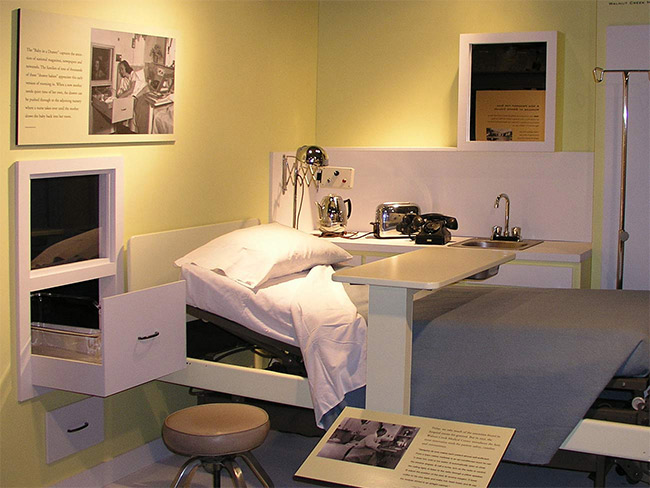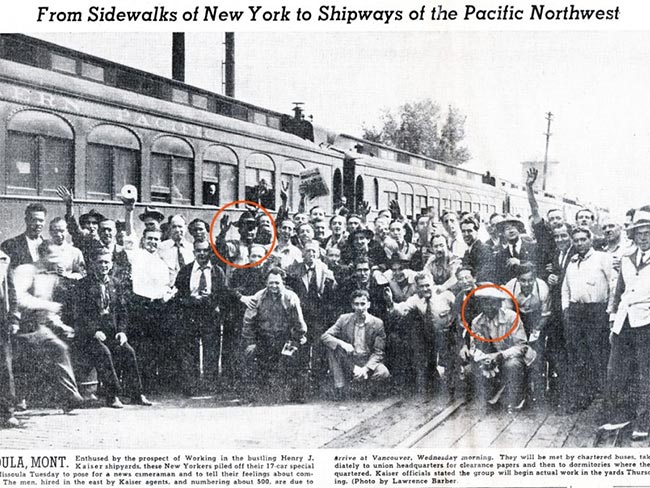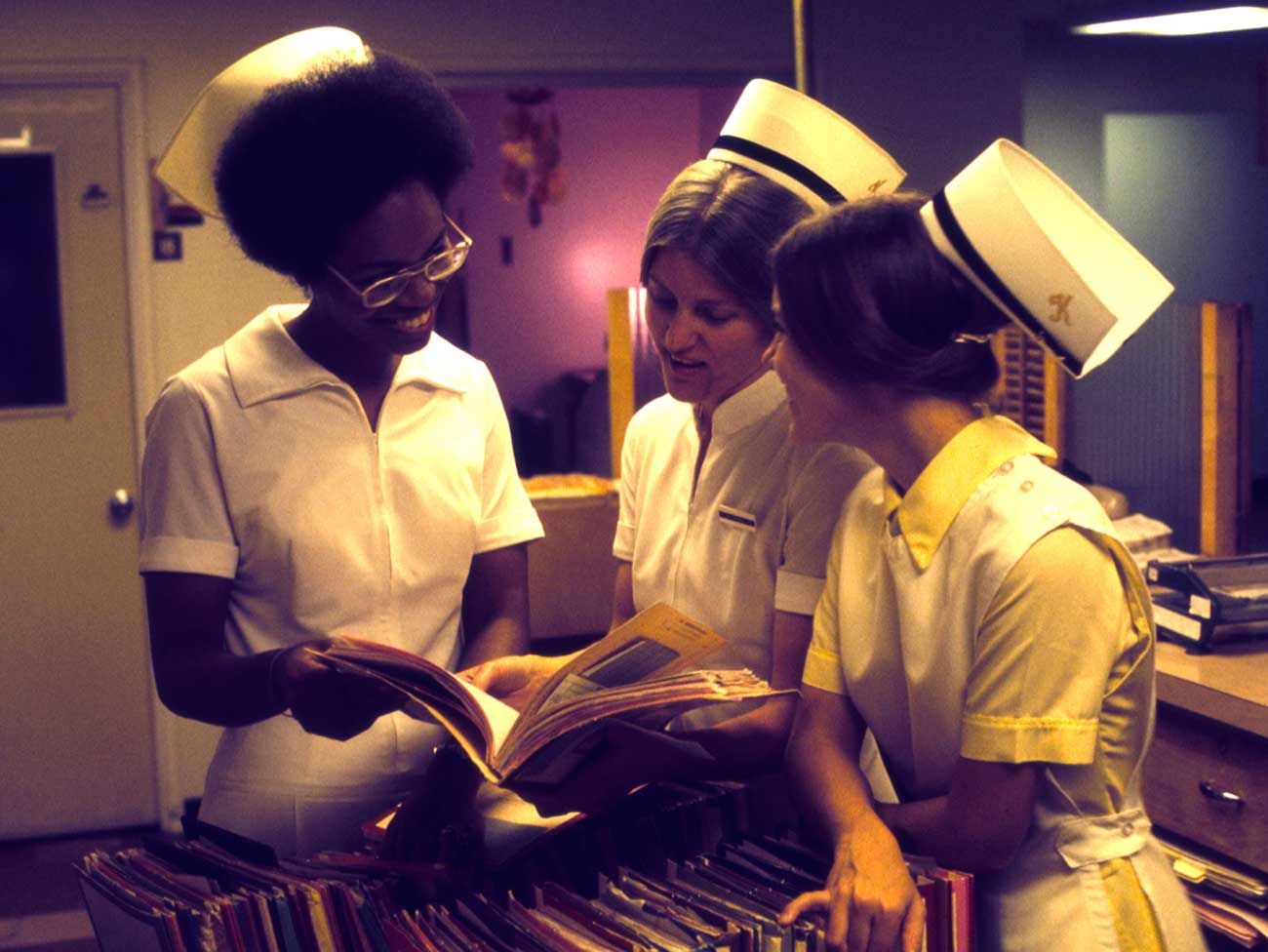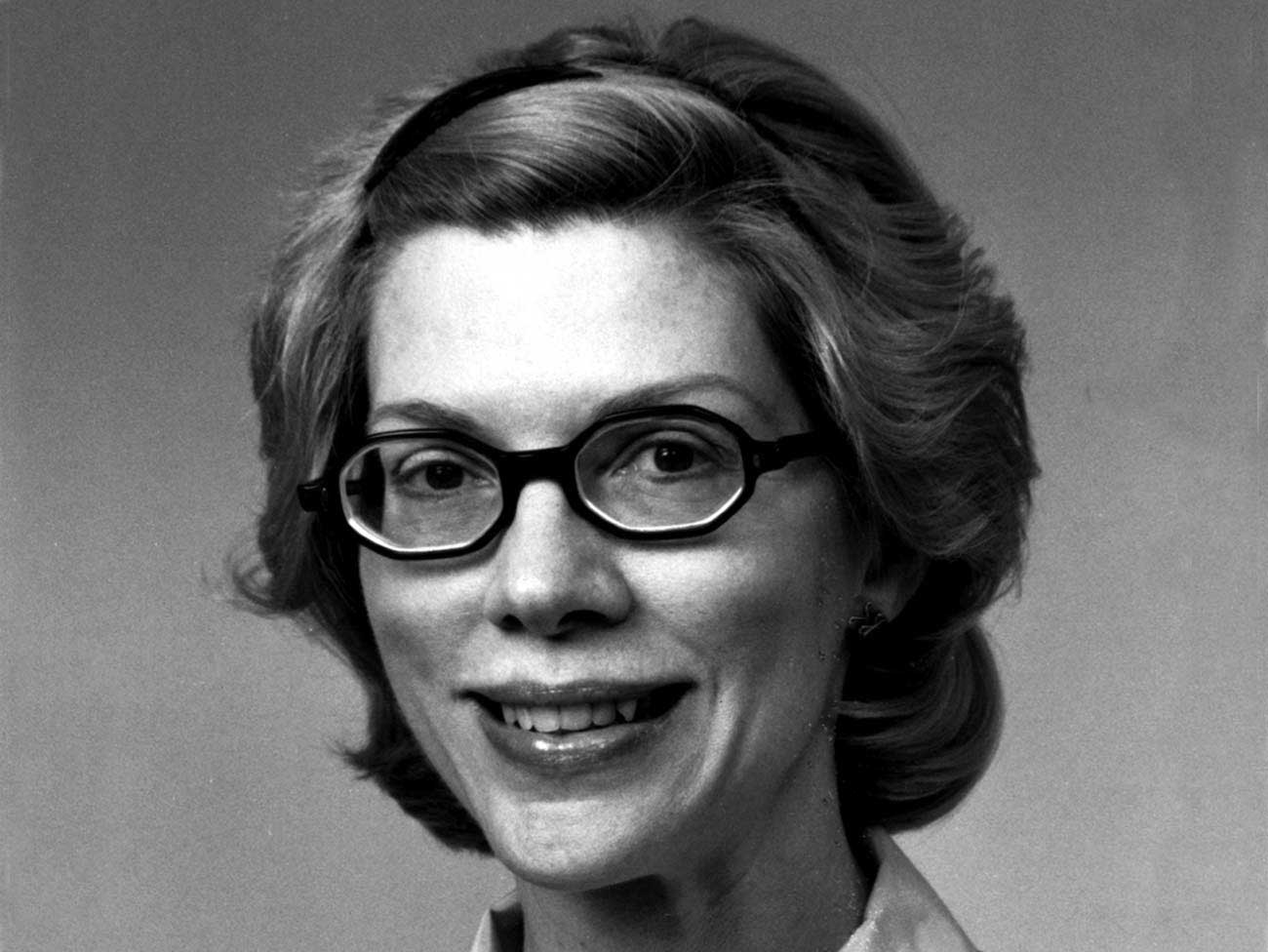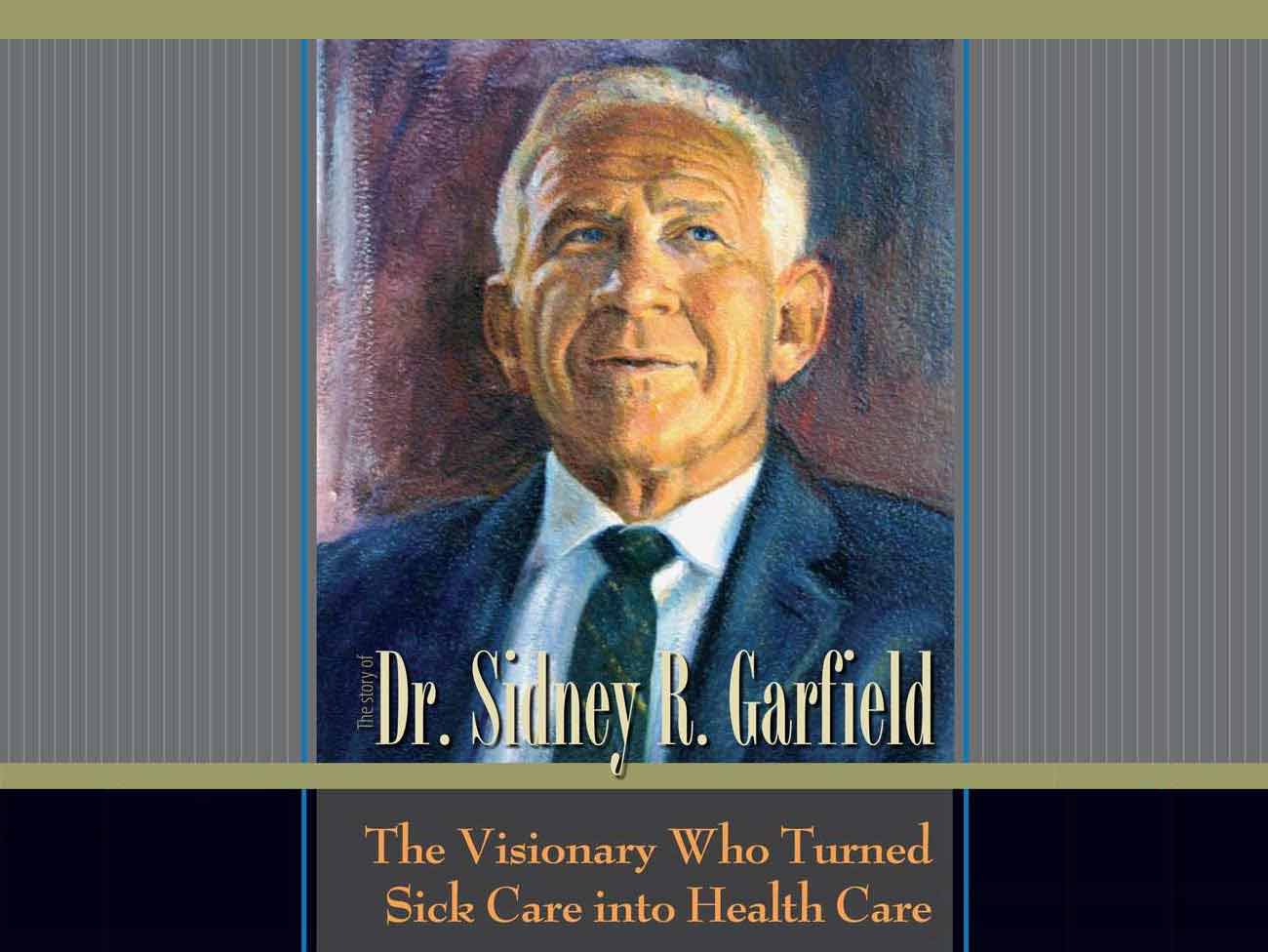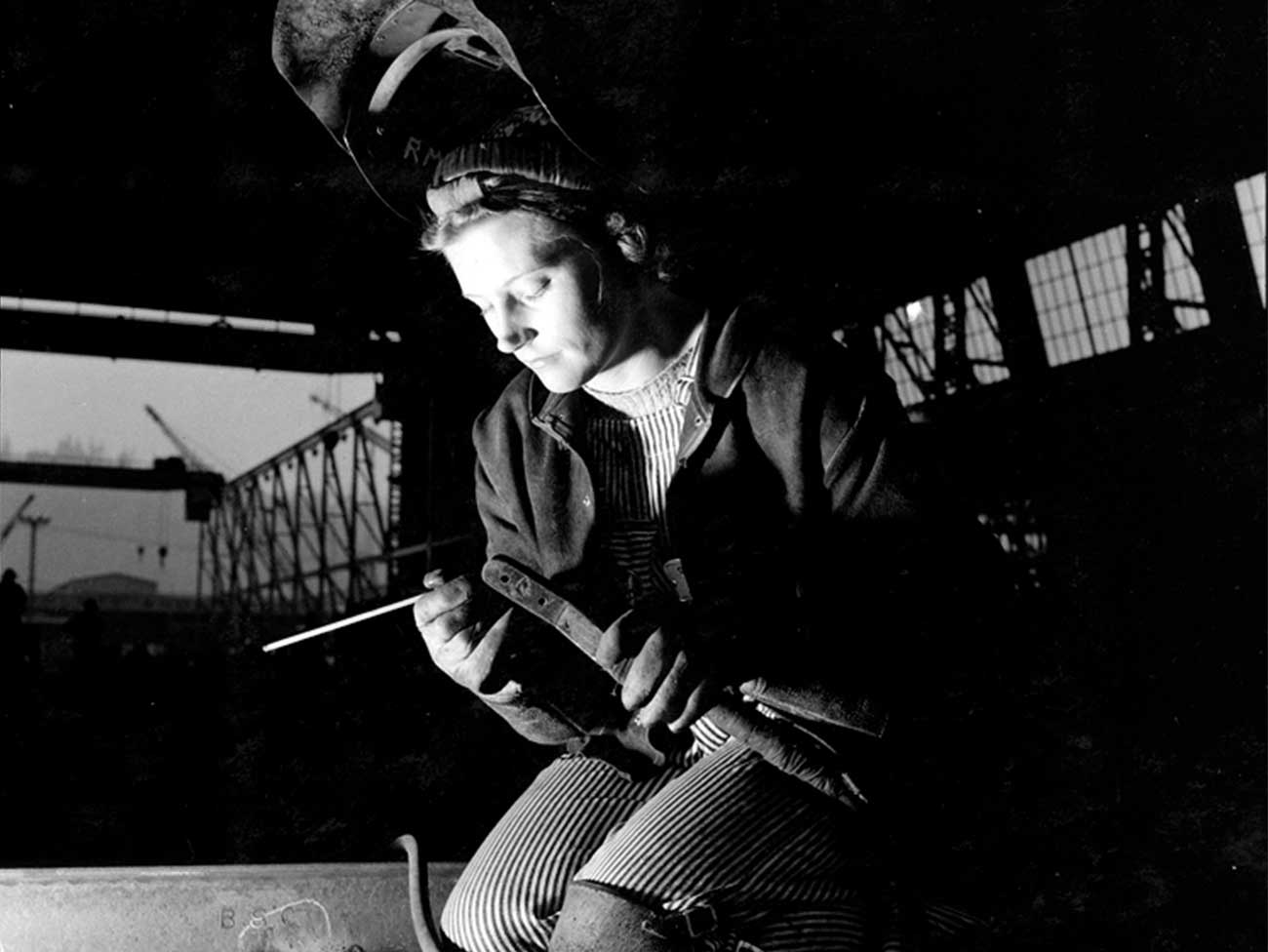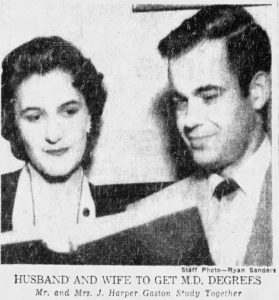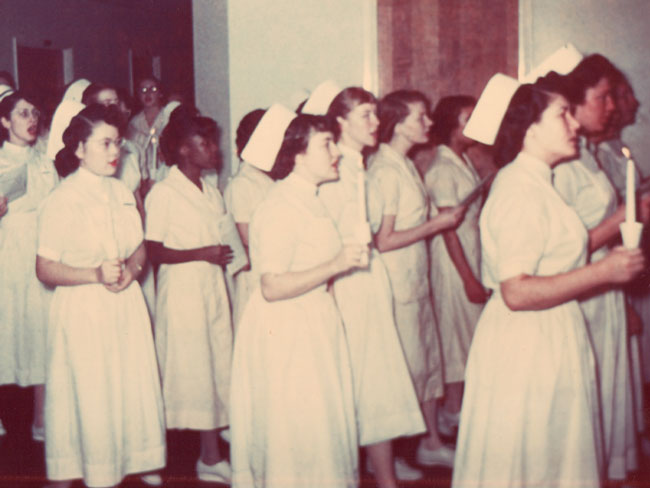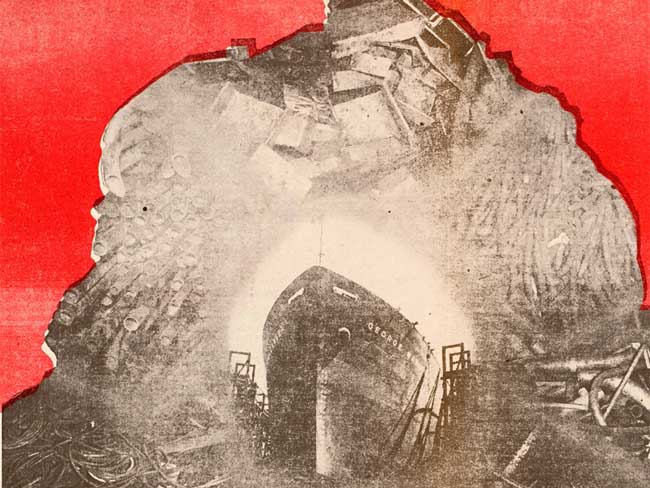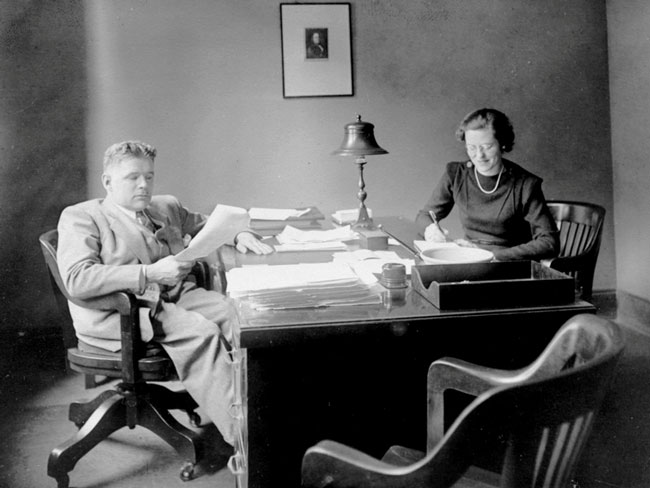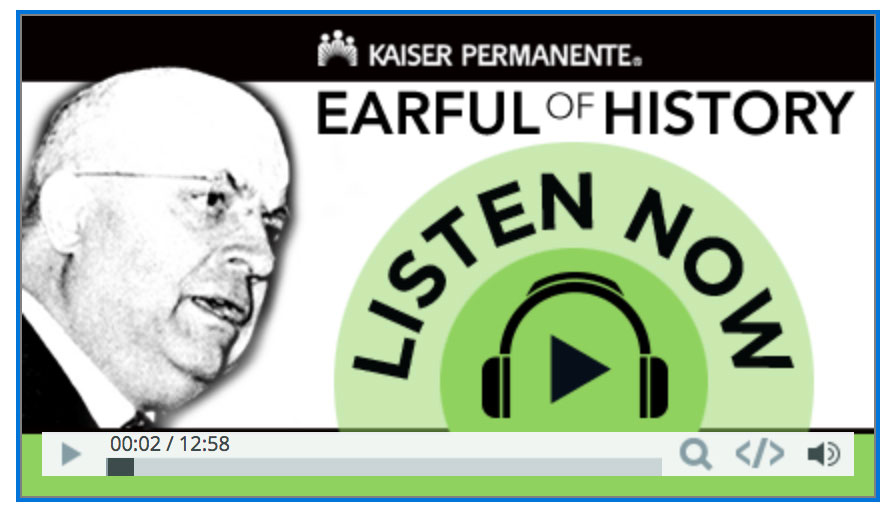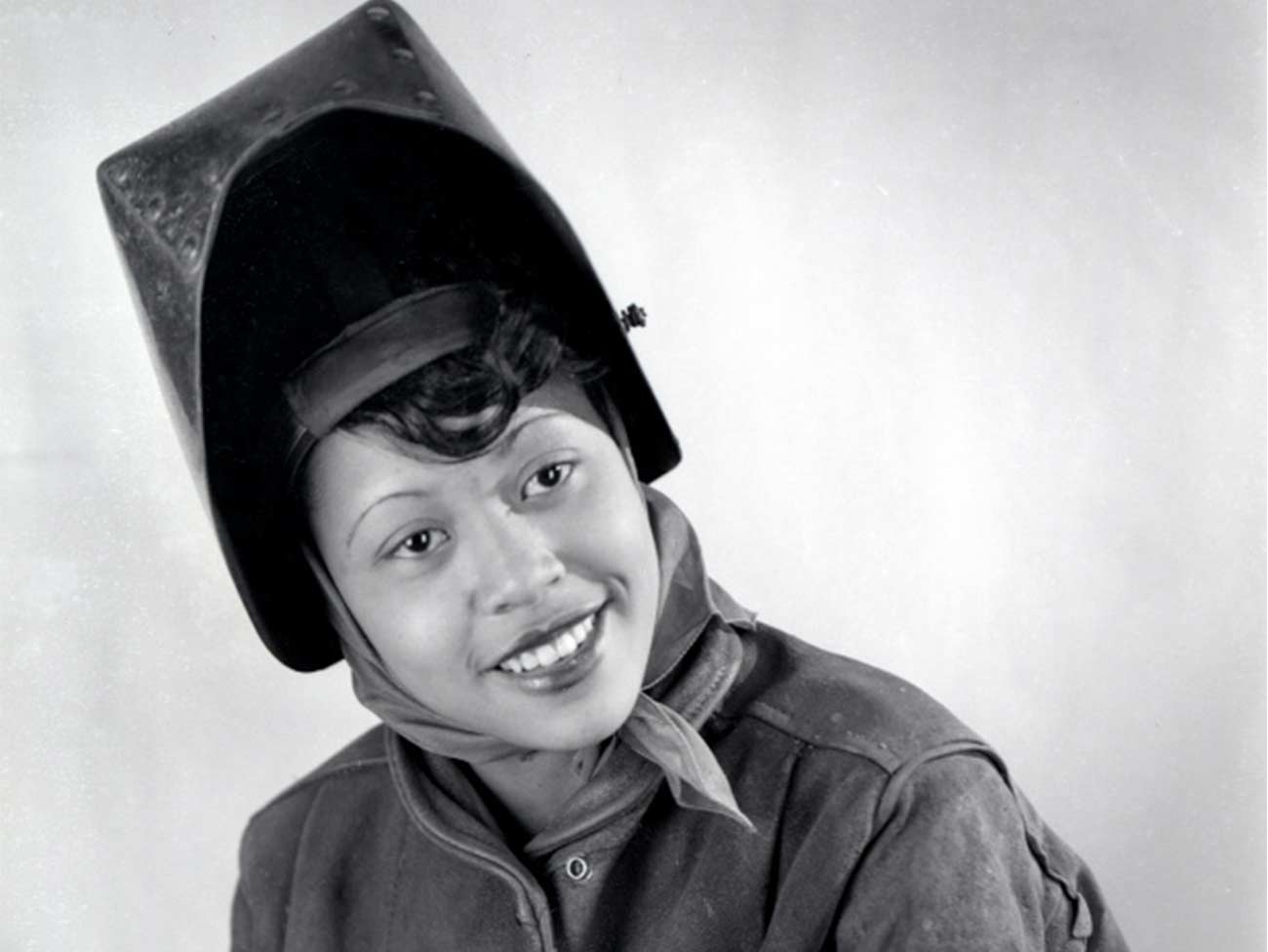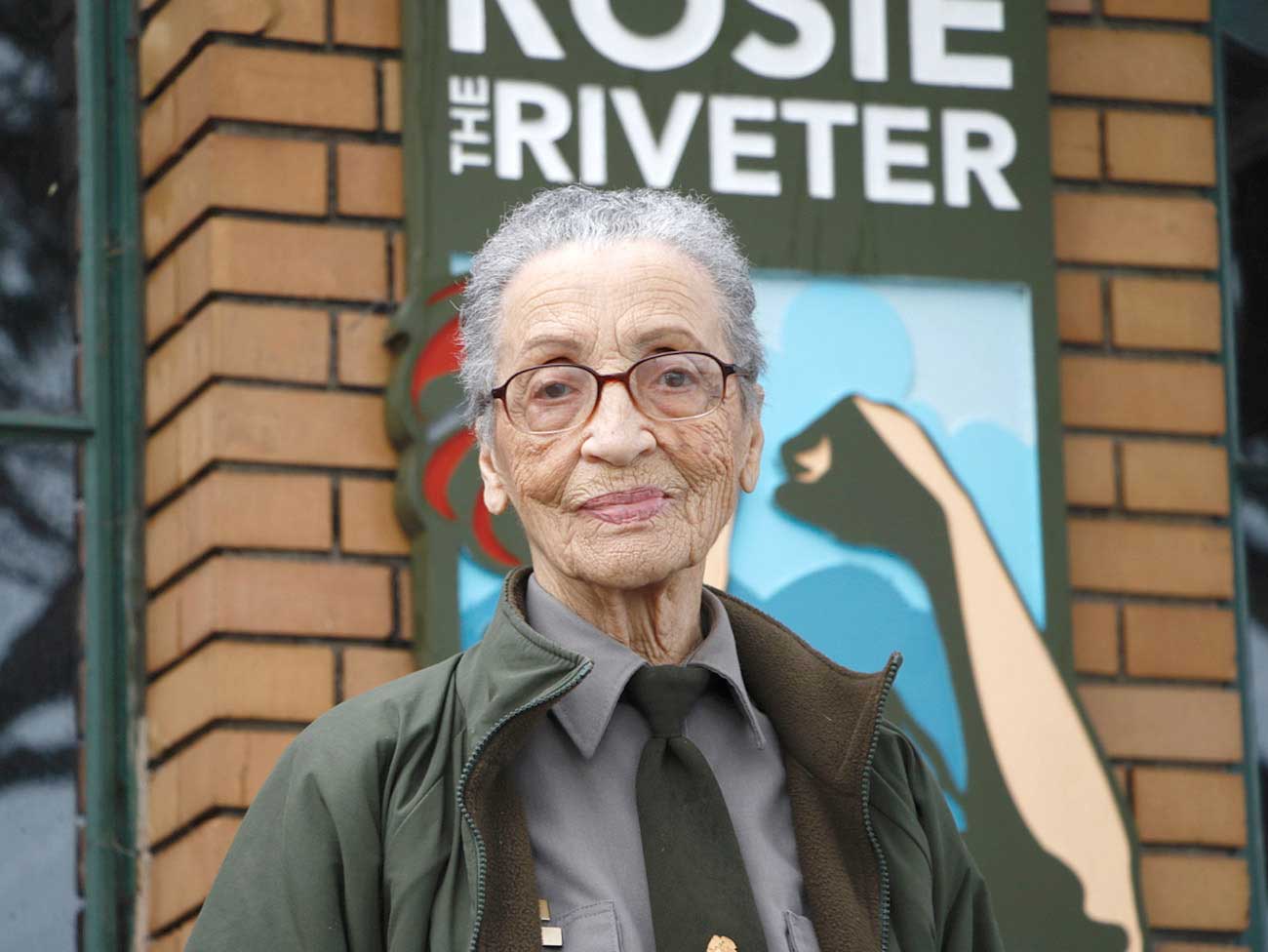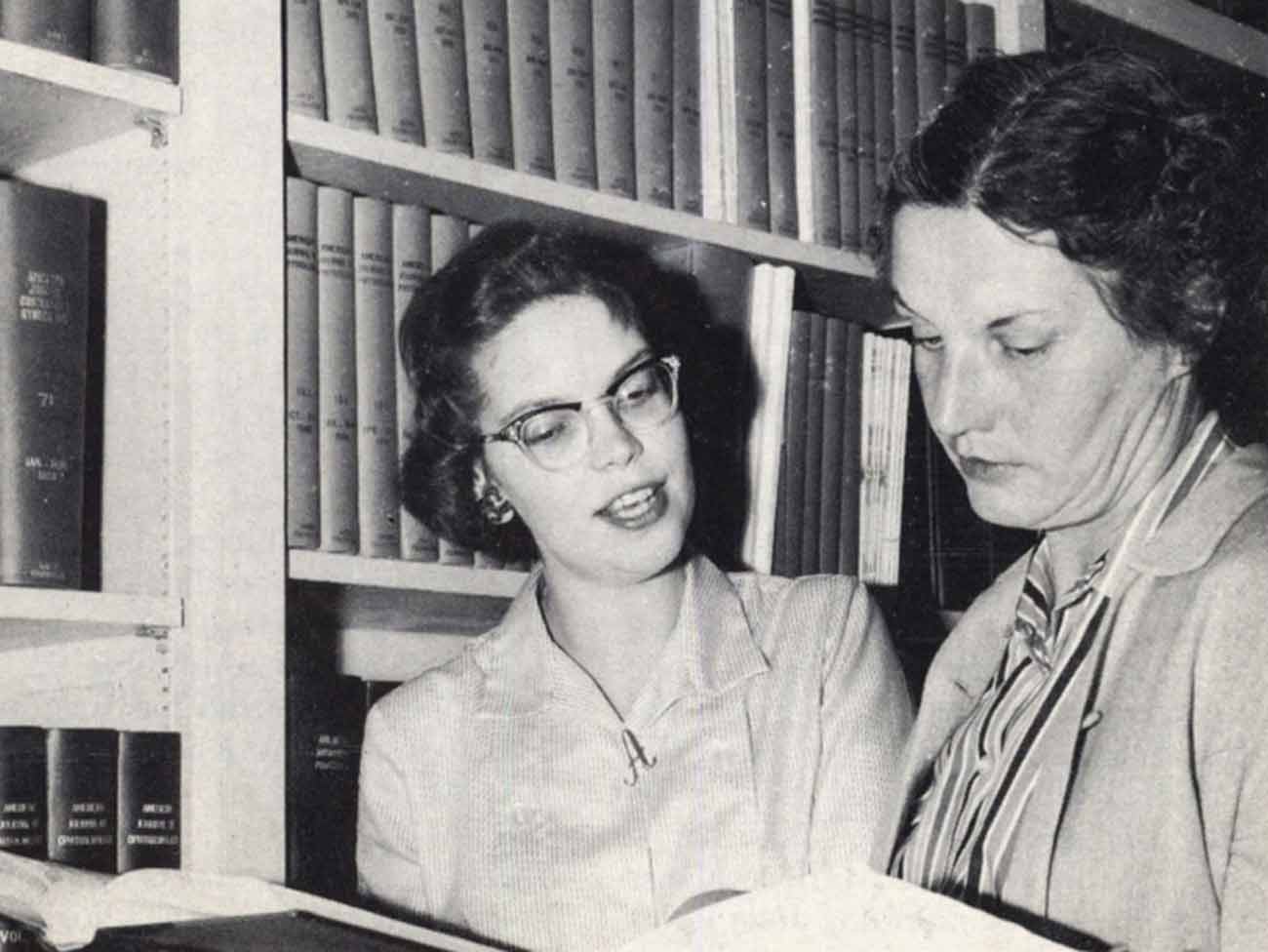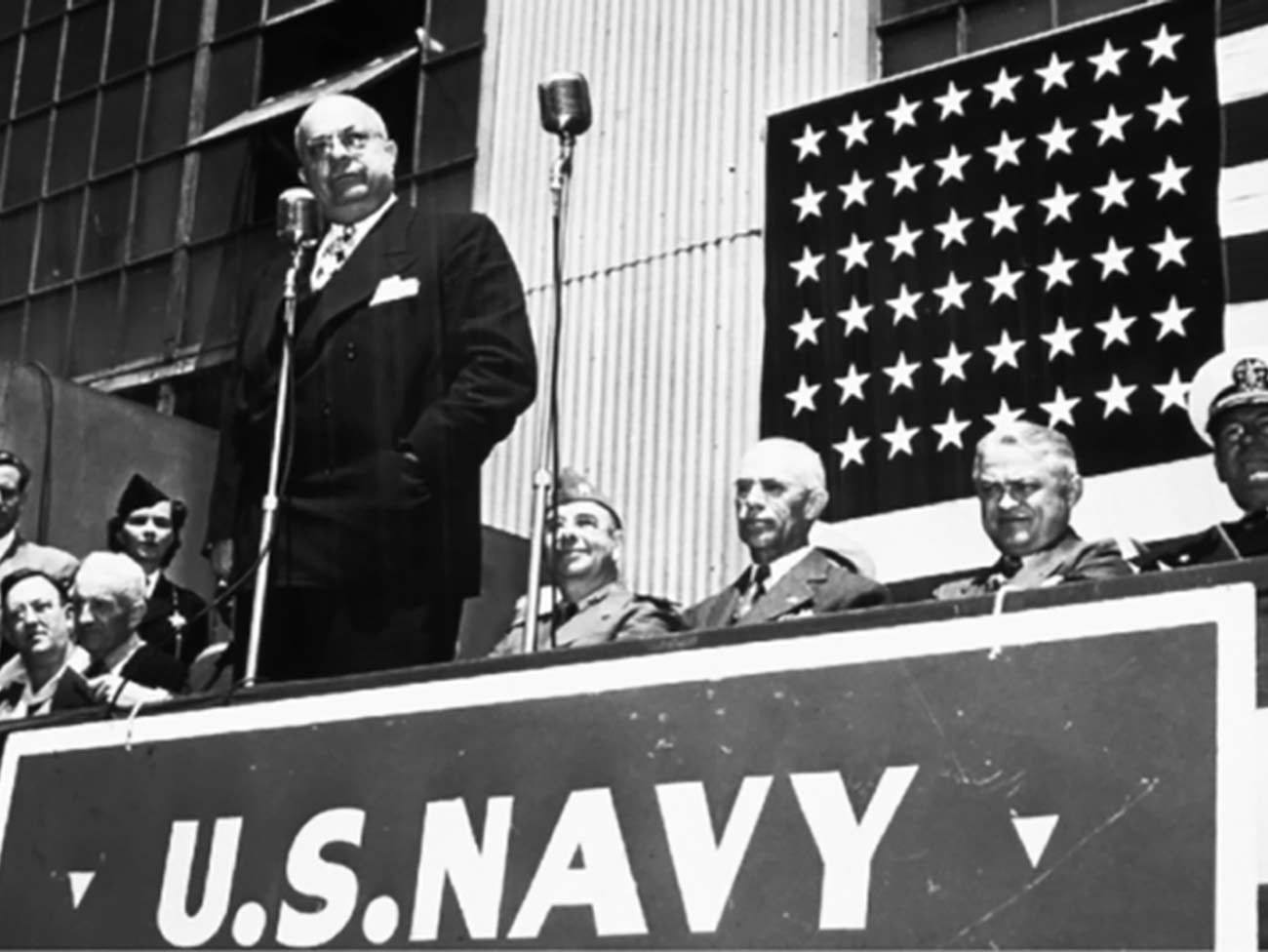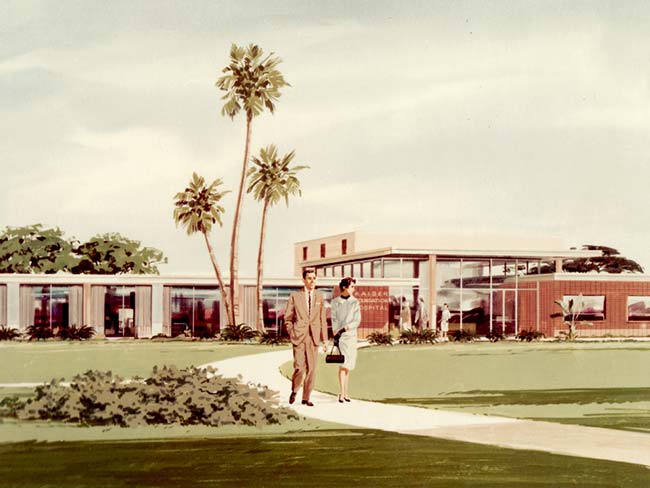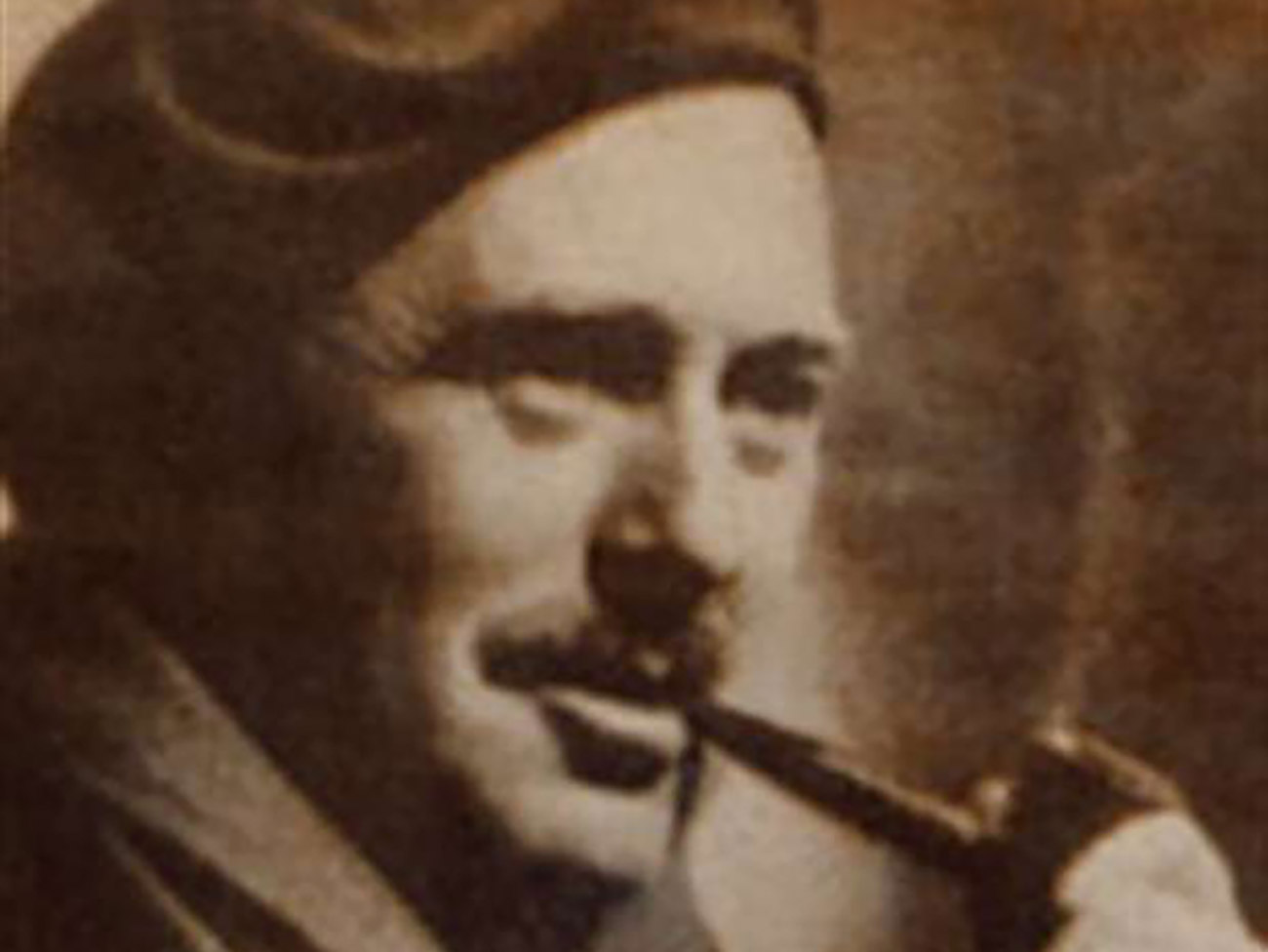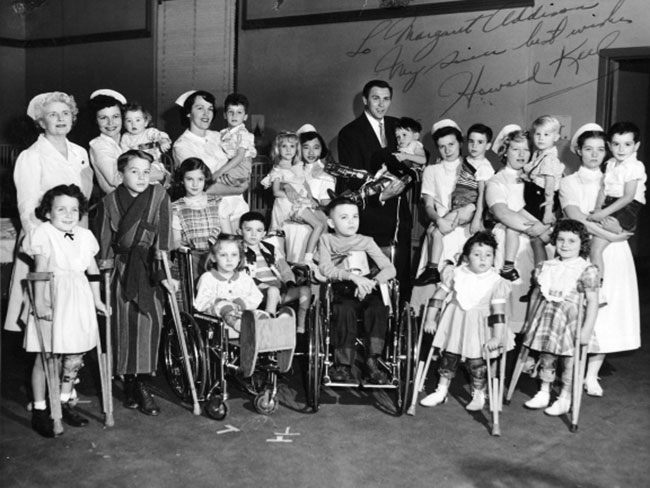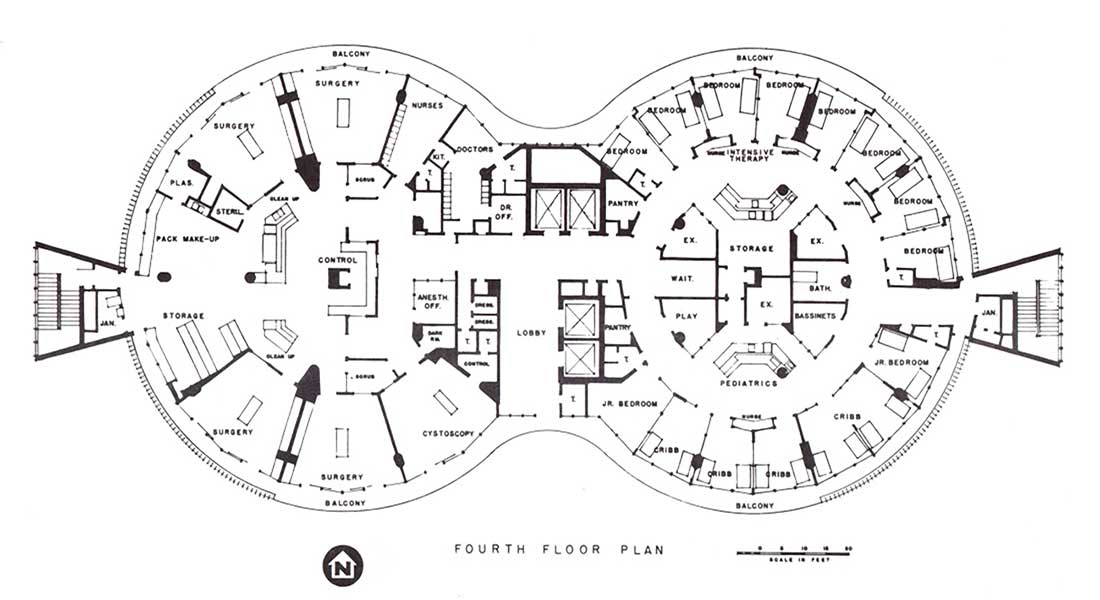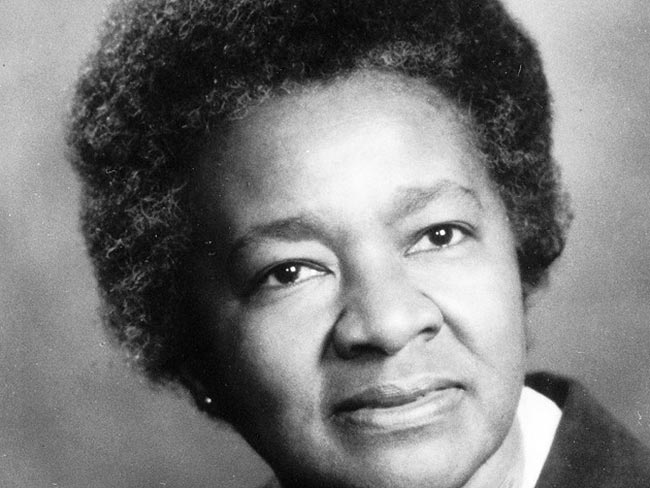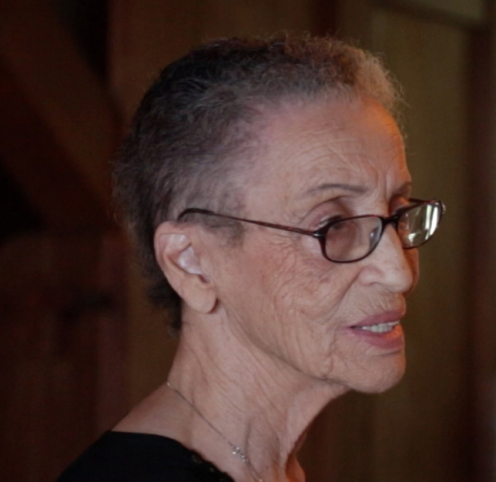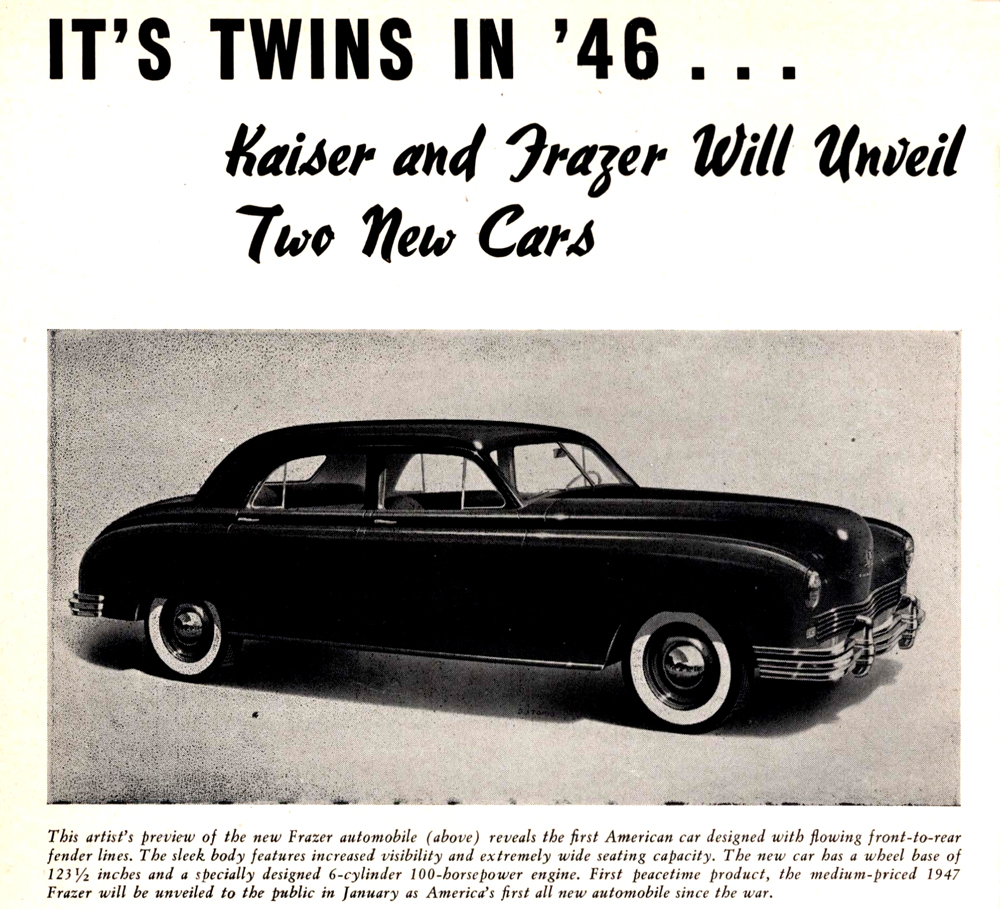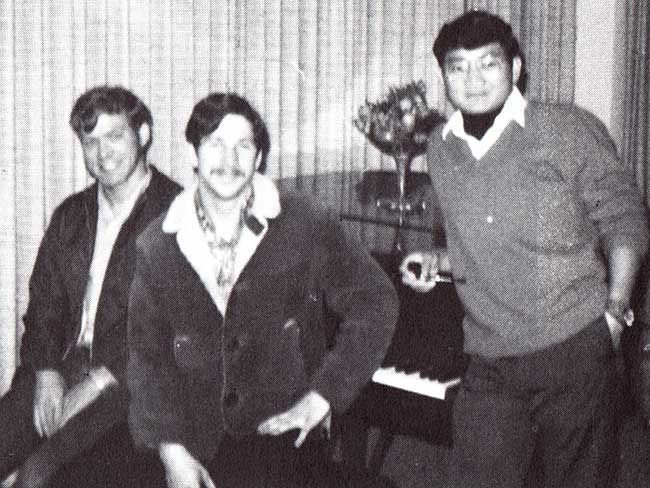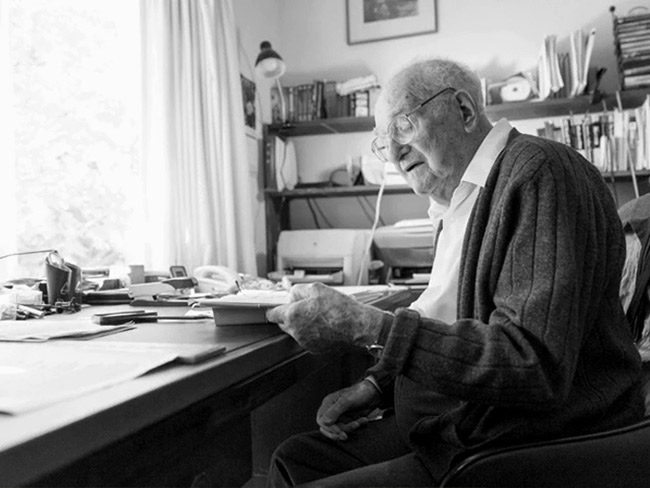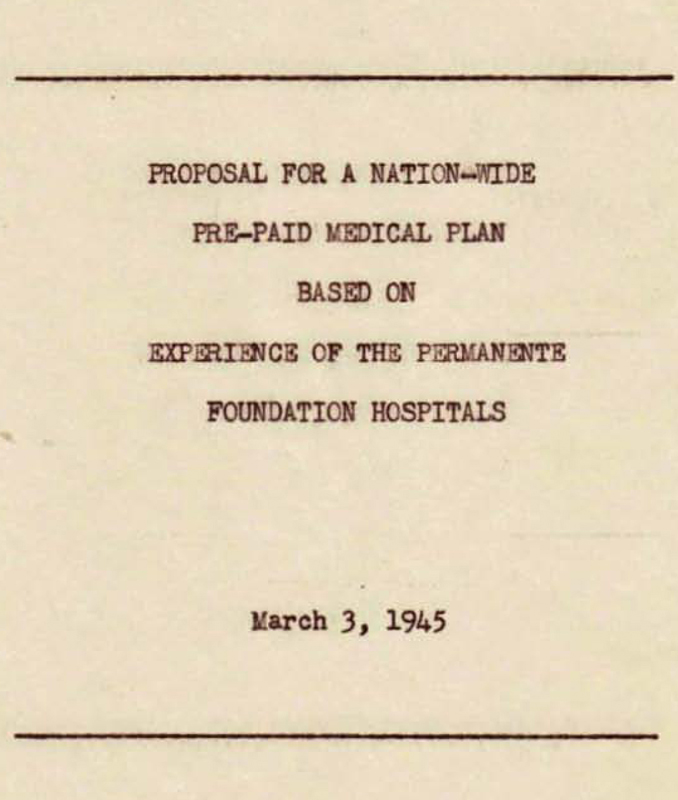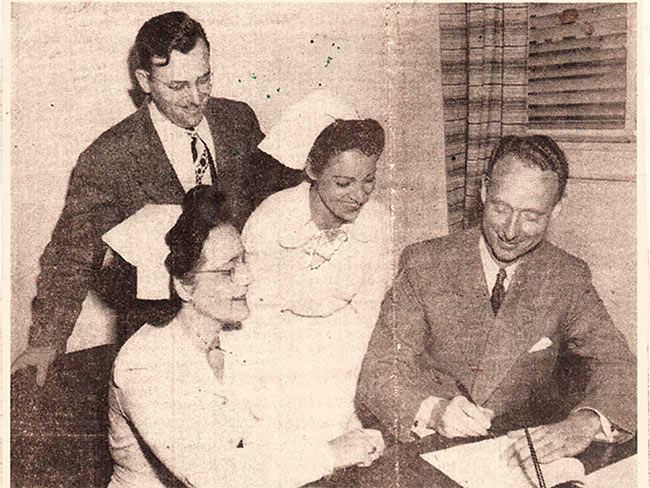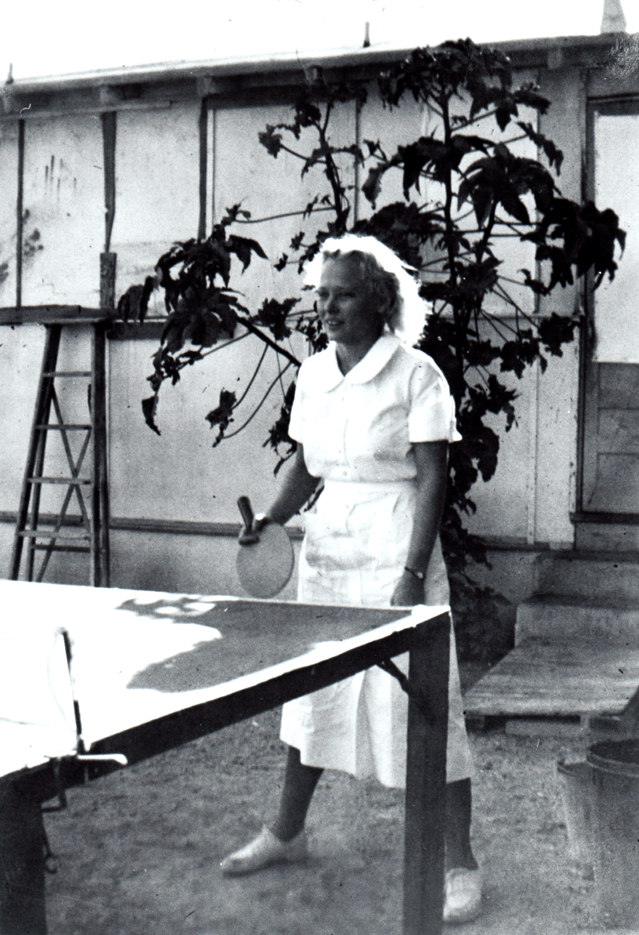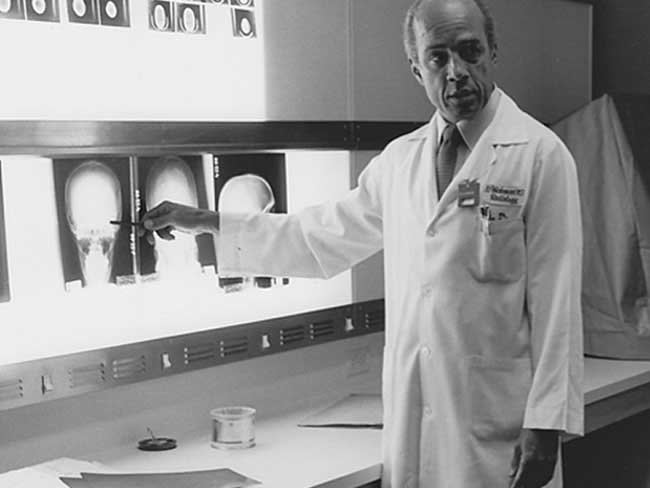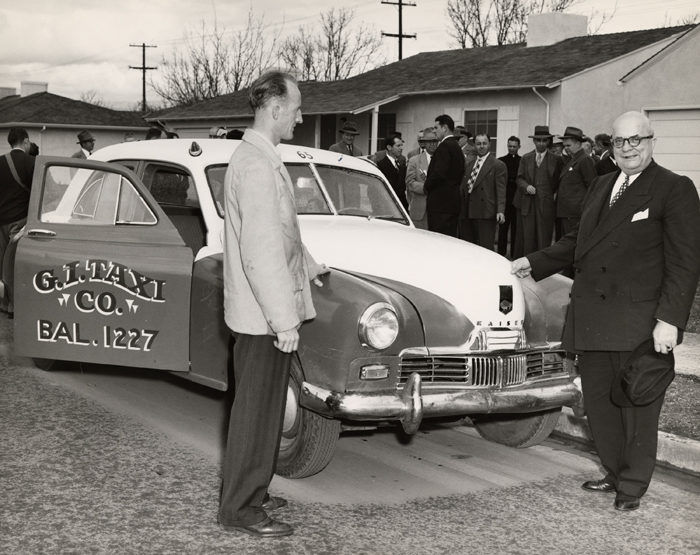How a Kaiser Permanente nurse transformed health education
Kaiser Permanente's Health Education Research Center and Health Education Library offered literature and audio-visual programs for all patients.
Transparent woman on cover of 1967 Kaiser Foundation Medical Care Program report.
In 1967, wife and husband Bobbie and Morrie Collen toured Montreal’s Expo 67 and were transfixed by a pair of transparent mannequins that rotated and lit up to reveal organs and display physiology. They later purchased the figures and shipped them back to Oakland, California, to become the centerpiece of a major Kaiser Permanente health education program led by Bobbie.
Frances Bobbie Collen (1914 to 1996), maiden name Diner; was always called Bobbie, never Frances) was an accomplished professional as well as being the wife of Morris “Morrie” Collen, MD. She was a nurse with a master’s degree in health education and was the force behind the groundbreaking Health Education Research Center at the Kaiser Permanente Oakland Hospital.
Bobbie graduated from Winnipeg (Canada) General Hospital as a registered nurse in 1937 and worked at the University of Minnesota Hospital where she met Morrie. They wed secretly when he was a medical student because the university hospital would not hire married nurses. Later they moved to Chicago where he interned at Michael Reese Hospital and she was the evening supervisor at the Meyer House patient wing. While there, she was a graduate student at the University of Chicago in Nursing Education.
In 1939 the Collens moved to California where Dr. Collen began his residency at Los Angeles County Hospital. When World War II began, Dr. Collen’s 4-F status due to asthma kept him from serving in the military, but the Permanente health plan was ramping up to care for defense industry workers. Dr. Collen was one of the first 10 physicians hired by Kaiser Permanente’s founding physician, Sidney R. Garfield, MD.
Bobbie was a founding member of the Permanente Medical Wives in Oakland, an important support group during the challenging postwar years. Dr. Collen’s oral history credits the group as a key factor in the success of Permanente medicine.
However, it was Bobbie’s role in patient education that would be her lasting legacy in the advancement of health care. Dr. Garfield asked her to be the director of the Educational Research Center in the spring of 1967: “Start with the development of a Health Exhibits Theater as an adjunct to our planned health care program for the healthy in our Health Plan membership, because this first step will be the easiest.”
In May 1967 Bobbie submitted her thesis “Factors Associated with Continuing Education of Adult Women” for a Master of Arts in Education at the University of California, Berkeley. Then the Collens toured a dozen facilities on the East Coast, including the Cleveland Health Museum and the Lankenau Hospital Education Center in Philadelphia.
Her field work in reviewing health education displays led her to this conclusion: “In my opinion, they have all missed one important feature which is a further step forward in preventive medicine, and that is, to demonstrate not only what the body looks like on the inside, and how it functions, but also how to care for it to keep it healthy. Here I think exists the potential which, when materialized in the shape of a Health Exhibits Theater, will provide a service to our membership that is unique in the country.”
The Health Education Research Center at 3779 Piedmont Avenue in Oakland, California (next to the Kaiser Permanente Oakland Hospital) opened its doors in January 1969 as a supporting function for Dr. Collen’s Multiphasic Health Testing Services.
The principal investigator for the demonstration research project was Krikor Soghikian, MD, and Bobbie Collen was the education director. The U.S. Public Health Service partially supported the center through the Kaiser Foundation Research Institute because of the research component and its potential application elsewhere in the nation.
One key feature of the center was the Health Education Library which opened July 1969, equipped with 24 individual projection booths for viewing films, slide-sound programs, and videotaped TV programs. A patient would visit the library with a physician’s “prescription” to see a specific program.
Adjacent to the library was an exhibit area that featured the transparent man and woman, a variety of health exhibits, and a children’s area with educational games, toys, and play figures. Later, when the center was relocated, the children’s section included a doll with leg braces, a stuffed elephant with a hearing aid, and a monkey in a wheelchair.
Caren Quay, MLS, started as the center’s first librarian in 1970. She recalled that from the beginning visitors requested more information, so she began to build an extensive collection of books and audiovisual materials, with every title reviewed by Permanente Medical Group physicians.
The health librarian would retrieve the prescribed audio-visual program from the files and play it on the projector in the individual’s booth. The list of educational videos grew to over 250 titles; a notation on one of the librarian’s catalogs records that the most popular subjects were stress, nutrition, birth control, breast self-examination, headaches, lifestyles, and high blood pressure.
The program was quite successful. Audio-visual requests grew from 98 in 1969 to almost 8,000 by mid-1973. Attendance for women was triple that of men. Dr. Collen reflected on how well it reached members of the community:
“They would bring in schoolchildren from all over Oakland, California, who would come in and go through this health education center. They would look at the exhibits — there was a normal lung and a smoker’s black lung, and I think that helped a lot of kids realize what smoking can do.”
After Dr. Garfield and Mrs. Collen passed away (1984 and 1996, respectively) the education display lost its primary advocates. The grant money ran out and the Oakland hospital needed the space. The transparent man and woman went to U.C. Berkeley’s Lawrence Hall of Science. But what continued was an expanding role for health educators and the growth of health education centers at the Kaiser Permanente medical centers for patients and members of the community.
Quay later became the health information specialist in Northern California’s department of Patient Education and Health Promotion, and recently reflected on the legacy of the program:
“The Health Library broke ground as the first library I know of in the U.S. to provide health and medical information to the lay person. It was the model and inspiration (and then flagship, resource, and consulting lead) for health education centers that provided health information (and more) for the Kaiser Permanente medical centers throughout Northern California and, eventually, for the other regions of the medical care program. The library served as a model for Planetree in San Francisco and for others throughout the country.”
Dr. Collen lamented in his oral history that “[Bobbie] doesn’t get enough credit ... for all the things she contributed.”
This Nurses Week we thank Bobbie Collen, RN, for improving public health through education.

